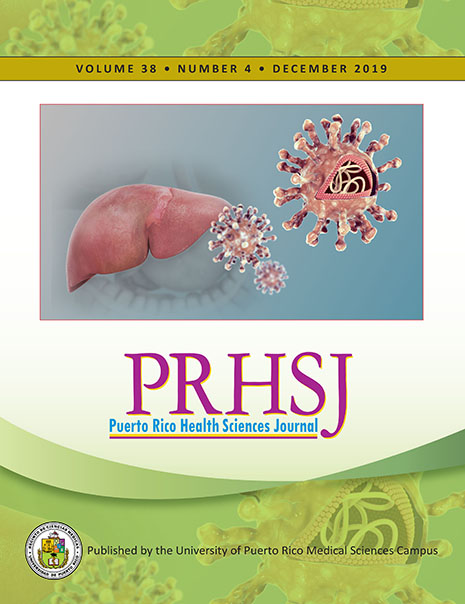Resumen
Objective: The present study assessed cytotoxicity, cell adhesion, and apoptotic gene expression in periodontal ligament fibroblasts (PLF) treated with 2 endodontic sealers. Methods: PLF cells were obtained from nonerupted third molars and cultured. MTS and LIVE/DEAD assays were performed using different treatments and time periods. Cellular adhesion was evaluated using immunocytochemistry for integrin β1 and vinculin expression, and the gene expressions of nuclear factor kB (NF-кB), P53, and apoptotic protease-activating factor 1 (Apaf-1) were evaluated using PCR. Results: Cell proliferation at 12, 24, and 48 h was statistically significant in the control and PLF groups receiving different treatments; PLF treated with culture medium containing non-hardened (NH) sealers showed a decrease in the number of cells. PLF treated with culture medium containing hardened (H) sealers also exhibited a decreased cell population. Integrin β1 and vinculin were expressed in both cell cultures treated with Acroseal (NH and H); however, the cell morphology changed and the cell population decreased. The gene expression of NF-kB and that of P53 were significantly different between the control group and the groups treated with the different sealers; mineral trioxide aggregate (MTA) (NH and H) inhibited Apaf-1, and PLF treated with Acroseal H exhibited increased Apaf-1 expression. Conclusion: Both sealers showed a certain level of cytotoxicity. The gene expression of NF-κB and P53 in PLF treated with the sealers showed significant changes compared to that of the control group, and MTA inhibited Apaf-1.
Authors who publish with this journal agree to the following terms:
a. Authors retain copyright and grant the journal right of first publication with the work simultaneously licensed under a Creative Commons Attribution License that allows others to share the work with an acknowledgement of the work's authorship and initial publication in this journal.
b. Authors are able to enter into separate, additional contractual arrangements for the non-exclusive distribution of the journal's published version of the work (e.g., post it to an institutional repository or publish it in a book), with an acknowledgement of its initial publication in this journal.
c. Authors are permitted and encouraged to post their work online (e.g., in institutional repositories or on their website) prior to and during the submission process, as it can lead to productive exchanges, as well as earlier and greater citation of published work (See The Effect of Open Access).
